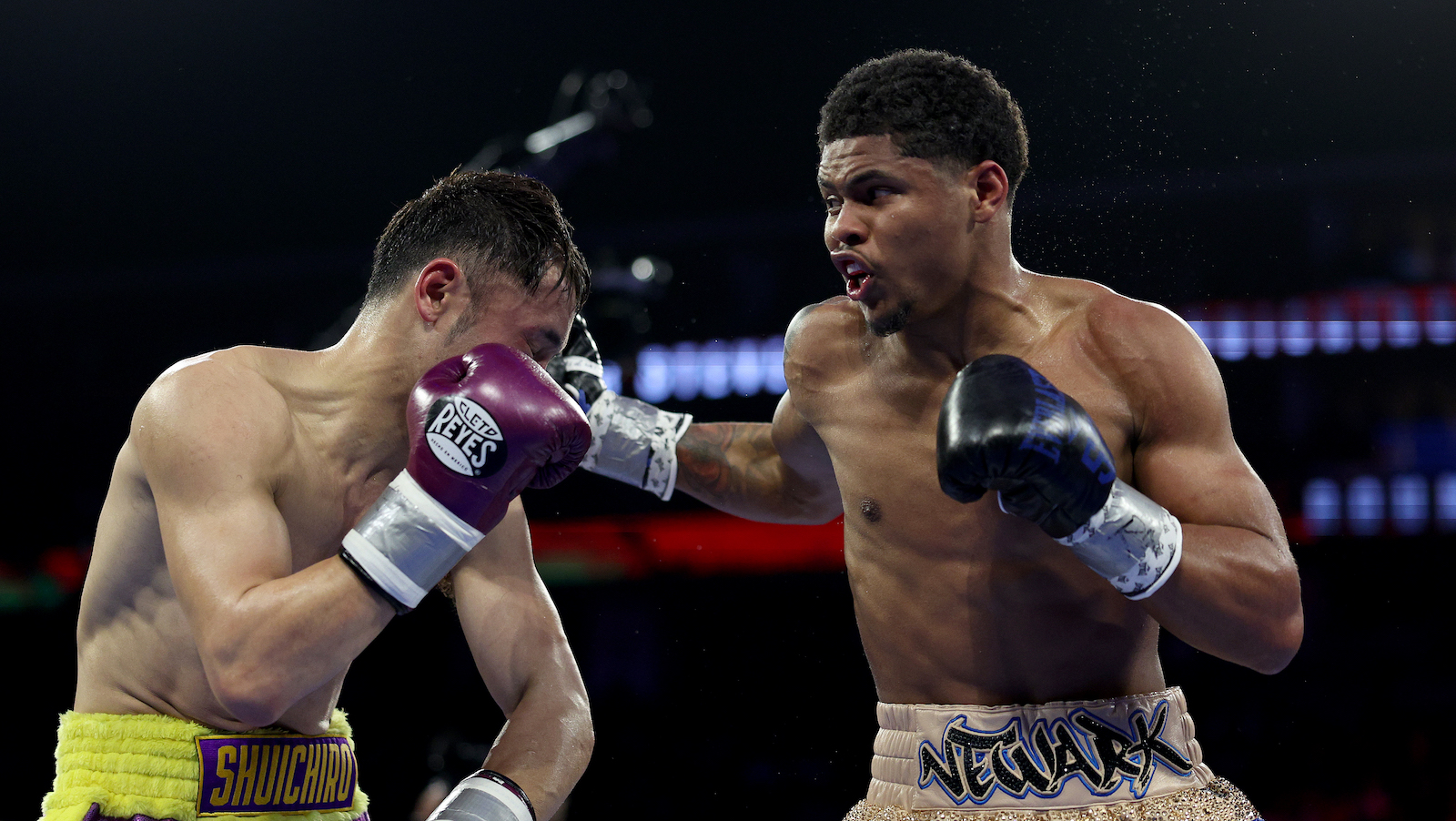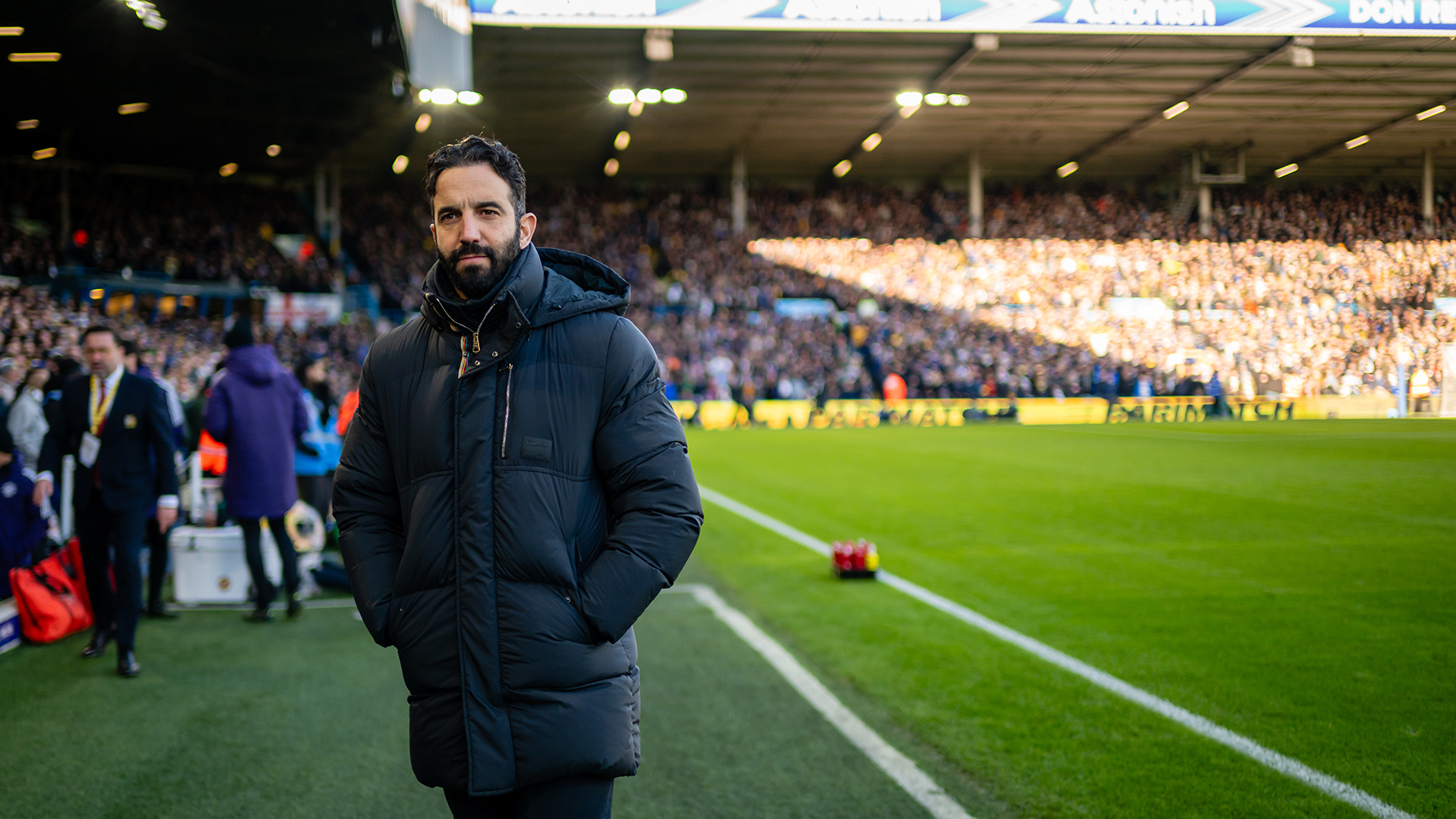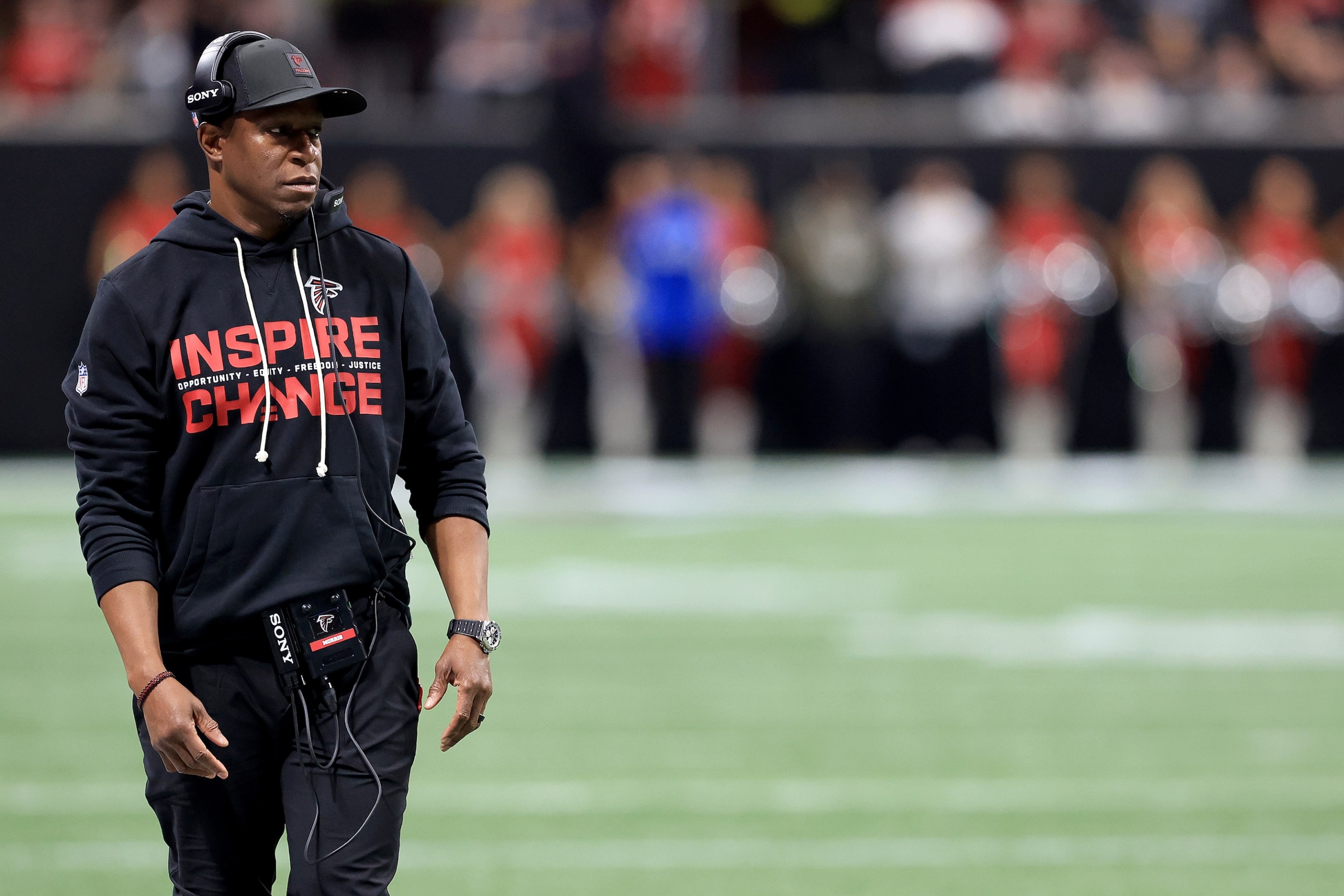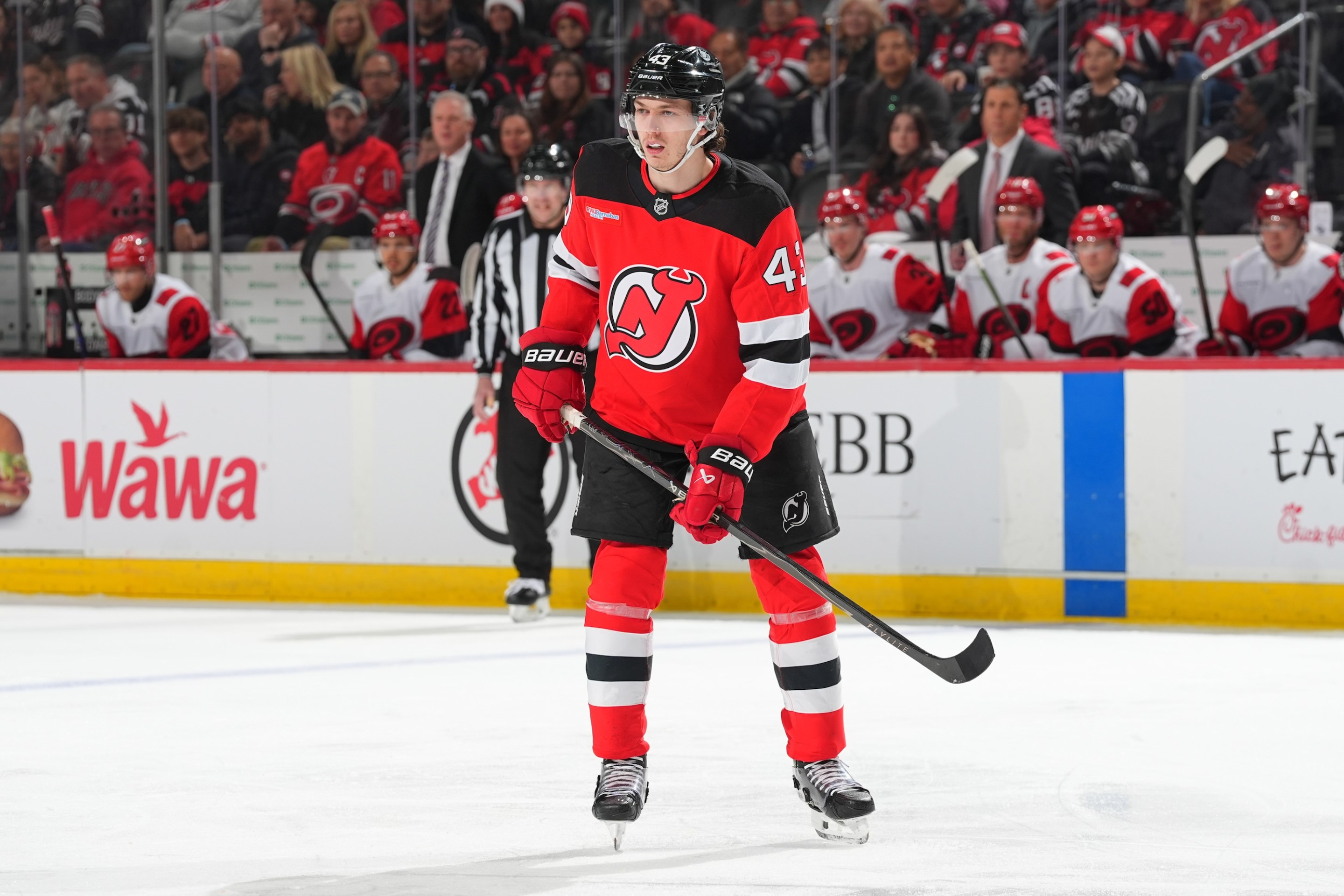NEWARK, N.J. — To become formidable, you don’t always have to add fearsome things to your arsenal. It is also possible to become formidable by getting rid of things. Specifically, mistakes. Take them all away, and the holes in your game disappear. Your game is impenetrable. Addition by subtraction. You can get to perfection faster that way.
Newark is a city that drips ruggedness, as soon as you step off the train, as soon as you wander around. All big cities are rugged in spots, but Newark is one of those second-tier east coast post-industrial cities that always seems to have been narrowed down to its harsh skeleton by the 20th century, perpetually waiting for a revival that never seems to appear. There used to be big fights in Newark a lot. It was the second choice for NYC-area fights that weren’t quite showy enough for Madison Square Garden, but still big enough to get on TV. Then the New Jersey Nets moved to Brooklyn and built a stadium there, and all the fights that once went to Newark moved to Brooklyn as well. The Prudential Center in Newark is a nice venue—nicer, really, than Barclays, where you always risk tumbling to your death from the steeply pitched upper deck rows—but it saw big-time boxing walk away from it for the past decade. Not anymore, though. Newark grew its own big-time boxer to fill the place up again.
Shakur Stevenson has cherubic cheeks and endearing gaps between his top teeth that leave him, at age 25, still looking like a little kid who is pleased with himself that he surreptitiously snagged a cupcake. He is the most skilled young boxer on earth. There are a bunch of very good lightweights in boxing today, and Stevenson is the purest of them all. He’s not a wipeout puncher, but he is impermeable. He has purged almost all of the holes from his game. He controls fights more confidently than anyone since Floyd Mayweather.
Accuracy is the forgotten quality in boxing. Everyone can see speed and power and athleticism, but accuracy you have to look for. One accurately placed punch is 100 percent more useful to a fighter than a flurry of 10 ferocious punches that don’t quite land. Extremely accurate punchers can dominate fights in a way that often leaves the audience struggling to put their finger on what, exactly, he did there. Stevenson, like Mayweather, is precise. He can do less and get more results. And he keeps getting better, which is very bad news for everyone else.
On Saturday night, Stevenson, the pride of Brick City, drew 10,000 people to the Prudential Center. Back in the day, I used to come out here and watch the Polish heavyweight Tomasz Adamek fight, and there would be charter buses full of Polish people in red and white scarves from Greenpoint and Queens who filled the stands and cheered on that rare champion of a hard-luck country. There must, by boxing law, be at least one Polish heavyweight fighting in the New York City area during any given time, in order to give the city’s Polish community an outlet. (This law also applies to Ireland, Puerto Rico, and the inscrutable small nations of eastern Europe.) On the undercard Saturday was the young Polish heavyweight Damian Knyba, who is 6-foot-7 and wore white gladiator style trucks which matched his pale legs. A goateed Polish guy in a blazer who was a member of Knyba’s team sat next to me on press row, and clapped uncontrollably whenever his fighter was able to land his incredibly long but slow jab. A couple rows behind us, fans of the opponent, Curtis Harper, kept shouting things like, “He’s tired, Curtis! I know his conditioning coach! He’s a bum!”
“No he’s not!” the Polish man next to me would shout out indignantly in reply. “Get him, Dommy-in!” When Knyba finally managed a fatigued TKO in the last round, the man leapt up from his folding chair and hugged all the reporters next to him.
The other heavyweight fight, just before the main event, was more brutal. Jared Anderson, young and enormous and cocky as a motherfucker, walked into the ring wearing aviator shades, and maintained throughout the entire fight the sort of blasé facial expression that you might have if you were shooting a game of pool that you were only half-interested in. His opponent, George Arias, is a skilled and peppy but smaller heavyweight from the Dominican Republic. He doesn’t look like Mike Tyson, but he looks like someone who might be cast to play Mike Tyson in a Hollywood film. Anderson was bigger and taller and just waded forward relentlessly, popping a bulldozer jab, and Arias broke out the Tyson style–hand plastered to cheeks, metronome head movement, trying to roll under Anderson’s punches and then pop up with a hard left hook on the inside. This was the right tactic, strategically, but it ended, as these things usually do, with a reminder that most people are not Mike Tyson. Anderson smashed Arias with several successive headshots at the very end of the third round, and Arias’s corner stopped it. I thought that was a little premature, until I saw Arias pull out his mouthpiece, which was trailed by a long, cogent string of bloody drool, which trailed behind it like the tail of a comet. It’s never too early to stop a fight.
Stevenson was fighting Shuichiro Yoshino, a Japanese lightweight shipped in as food. Both men were undefeated, but they occupied different orbits in the boxing galaxy. Yoshino strode in to a Japanese rock and roll song, just him and four Japanese cornermen and a Japanese flag, in a bowl of 10,000 Newark people. I respected his enthusiasm. I imagine that is how the families of happy soldiers remember them, striding off to battle proudly, soon to die.
It is possible to regard Shakur Stevenson’s style as basic. He’s a southpaw with a wide stance, his legs forming almost a square, and he constantly paws with a long jab. He has a harder jab, and a straight left to the gut, and a slapping check hook, and a harder hook when he plants his feet and rips it. Everything he does is sharp. He paws, then pops, then maybe pops a body shot, then leaps just out of range and does a quarter turn to reset, then does it again. He is always leading the action, and his punches always go in the small and exact spot where they will hurt the most. He knocked down Yoshino in the second round with a beautiful straight left right on the chin, and knocked him down again in the fourth with a jab-straight-hook combo in which each shot landed hard, whipping his poor opponent’s face back and forth. Yoshino gamely pressed forward, his body curled like a question mark, sporting the permanent angled neck that boxers get from years of tucking their chins. Stevenson has a very straight neck, a testament to his footwork. His chin is never there to be hit. By the sixth round he was posting up right in front of Yoshino and tearing perfect shots to both sides of his body, and then stepping to the side and smashing him on the chin, utterly absorbed in his work. The ref mercifully stopped it. Placing punches properly prevents poor performance. Accuracy is all. I don’t think anybody is going to beat Shakur Stevenson for a long, long time.






